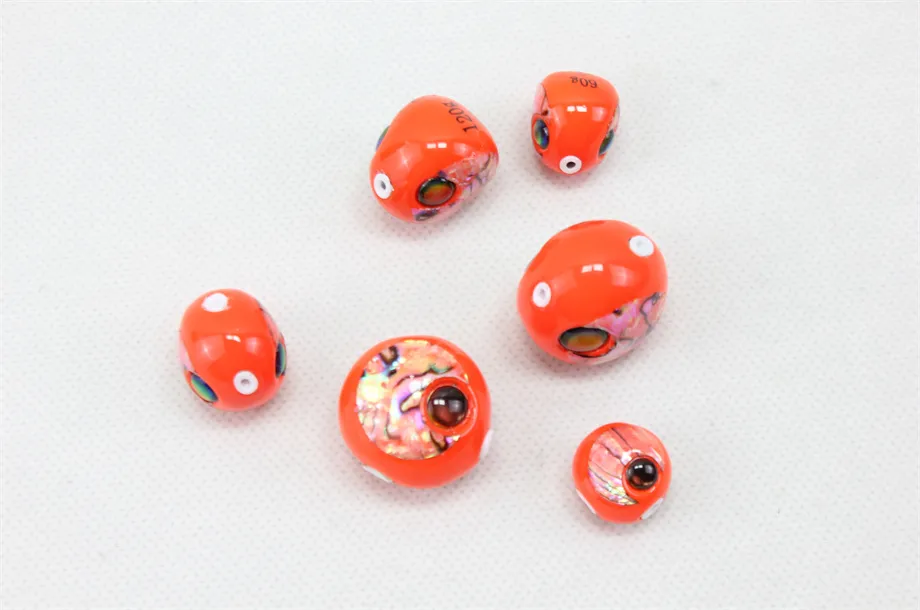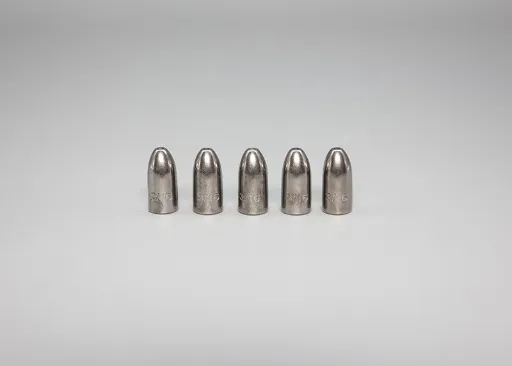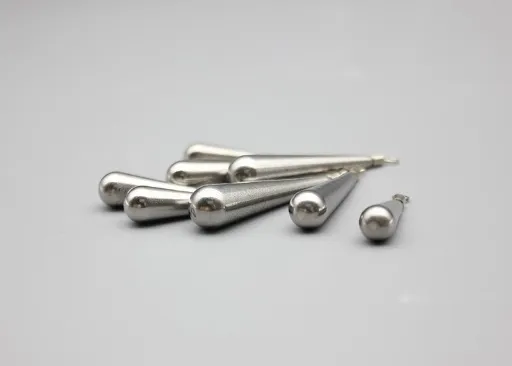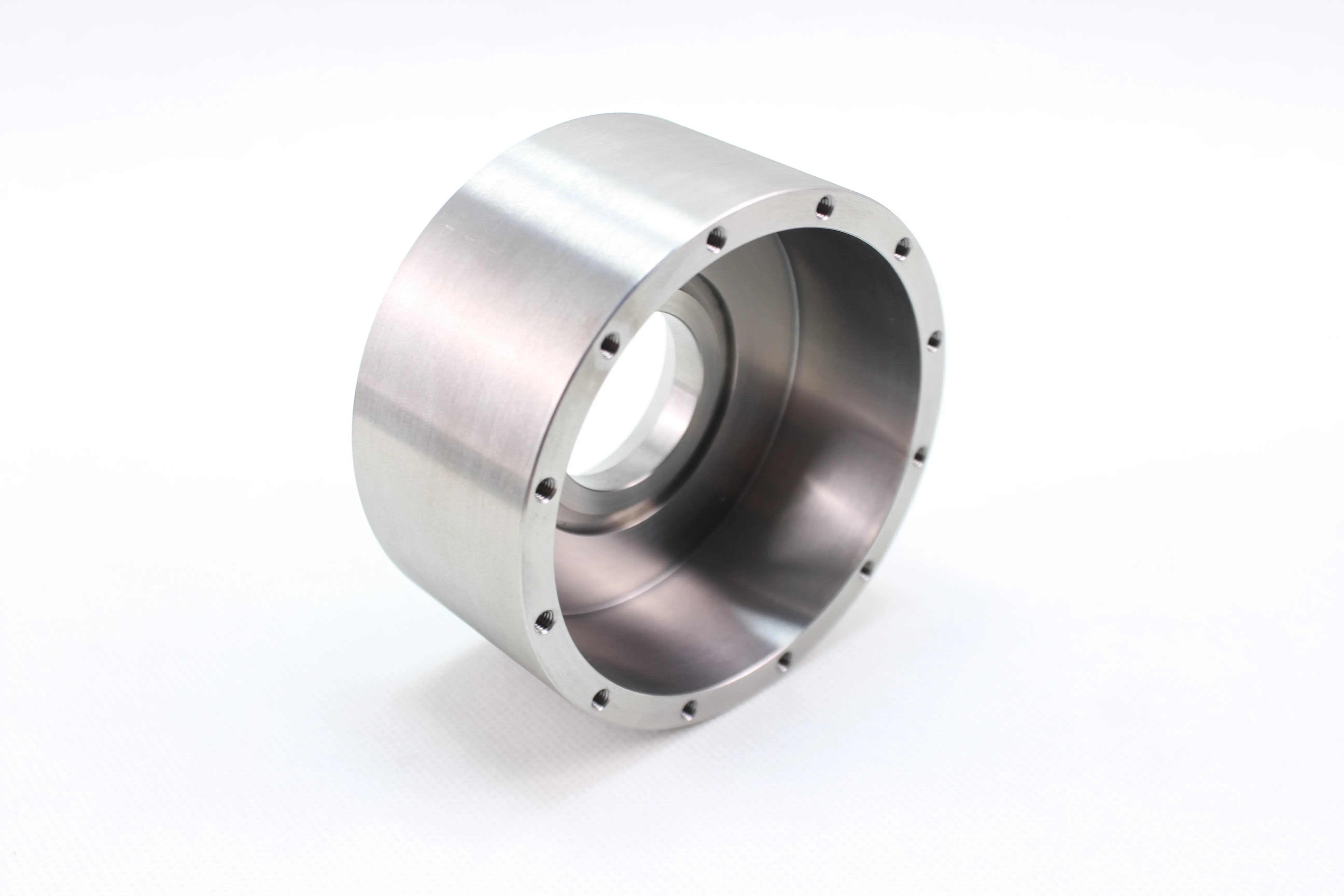What is the working principle of tungsten alloy shielding?
1. The Core Principle: Attenuation through Interaction
The primary goal of any radiation shield is attenuation—weakening the intensity of radiation as it passes through a material. Tungsten alloy excels at this because of its unique properties.
Key Property: Extraordinary Density
-
Tungsten heavy alloy has a density of ~17-19 g/cm³. This is significantly higher than traditional shielding materials like lead (11.3 g/cm³) or steel (7.8 g/cm³).
-
Why Density Matters: Imagine radiation as a stream of tiny, high-energy particles (or photons) flying through space. The more atoms you can pack into its path, the higher the chance one of these particles will collide with an atom and lose energy. High density means more atoms per cubic centimeter, creating a "wall" that is much harder for radiation to penetrate.
Key Property: High Atomic Number (Z)
-
Tungsten has a very high atomic number (Z = 74), meaning its atoms have a large, dense nucleus surrounded by many electrons.
-
Why Atomic Number Matters: The effectiveness of shielding, particularly against high-energy photons (X-rays and gamma rays), is governed by processes that are heavily dependent on the atomic number of the shielding material. A higher Z dramatically increases the probability of these interactions.
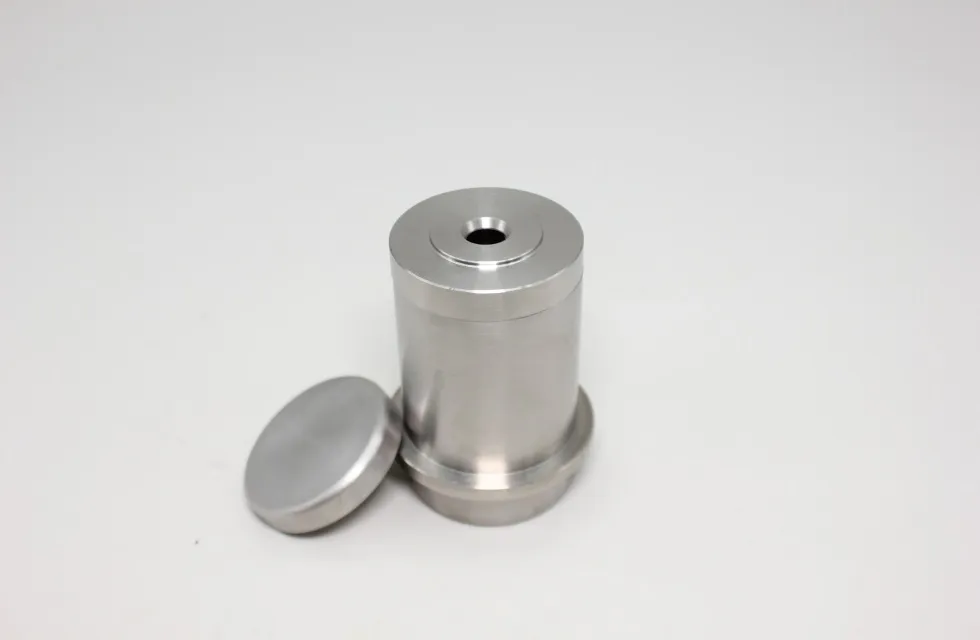
2. How It Works Against Different Types of Radiation
The specific interaction mechanism depends on the type of radiation:
A. For X-Rays and Gamma Rays (Photons)
This is where tungsten shines brightest. Photons have no mass or charge, so they can only be stopped by direct interaction with an atom. Three key processes occur:
-
Photoelectric Effect: A photon collides with an inner-shell electron in a tungsten atom and transfers all its energy to it, ejecting the electron from the atom. The photon is completely absorbed. This effect dominates at lower energies and is proportional to (Z⁴/Z⁵), making tungsten's high Z incredibly powerful.
-
Compton Scattering: A higher-energy photon collides with a loosely-bound outer electron. It transfers only part of its energy to the electron, causing it to recoil, and the photon itself scatters in a new direction with lower energy. This process repeatedly redirects and weakens the radiation beam within the shield.
-
Pair Production: For very high-energy photons (>1.02 MeV), the photon interacts with the powerful electric field of a tungsten nucleus and is converted into a matter-antimatter pair (an electron and a positron). The creation of these particles consumes the photon's energy.
In short: Tungsten's high Z and density make these interactions extremely likely, meaning photons are either absorbed or significantly weakened over a very short distance.
B. For Alpha and Beta Particles
-
Alpha Particles (He nuclei): These are heavy, charged, and easily stopped. A thin shield is sufficient. Tungsten isn't typically used for pure alpha emitters due to overkill; its primary value is in blocking the secondary X-rays (Bremsstrahlung) produced when beta particles are slowed down.
-
Beta Particles (electrons): As beta particles pass through tungsten, they are slowed down through collisions with electrons (ionization) and deflected by atomic nuclei (Bremsstrahlung radiation). Tungsten's density efficiently stops them.
C. For Neutrons
Neutrons are uncharged and cannot be stopped by ionization alone. Shielding requires a different, two-step approach:
-
Moderation: A neutron must first be slowed down (moderated) by colliding with light atoms (like Hydrogen in water, polyethylene, or paraffin). Fast neutrons lose energy in these collisions and become slow "thermal" neutrons.
-
Absorption: Once slowed, the thermal neutrons can be captured (absorbed) by nuclei of specific elements, such as Boron-10 or Cadmium. Tungsten itself is not a good neutron absorber.
-
Tungsten's Role: In mixed-field radiation (e.g., nuclear reactors), where both neutrons and gamma rays are present, tungsten or tungsten-based composites are used. The tungsten effectively blocks the gamma rays, while a boron-doped polymer or other neutron-absorbing material, often layered with or incorporated into the alloy, handles the neutrons.

 EN
EN AR
AR FR
FR DE
DE HI
HI IT
IT JA
JA KO
KO PT
PT RU
RU ES
ES ID
ID LV
LV VI
VI HU
HU MS
MS GA
GA BE
BE YI
YI EU
EU